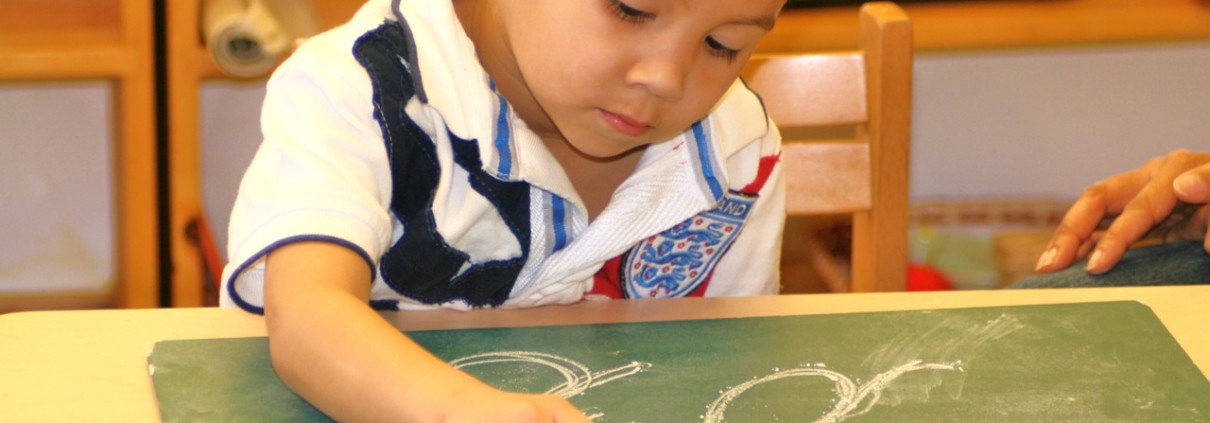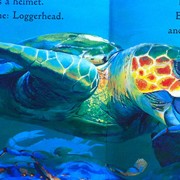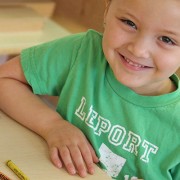Learning to Write Right
Should Children First be Taught Cursive Handwriting?
Cursive handwriting is one of the most polarizing topics in early education. Some argue that it is a core component of language arts training that every child should master. Others that it’s an outdated practice made obsolete by computer technology. The Wall Street Journal recently joined the debate. Author Gwendolyn Bounds published a fascinating article titled How Handwriting Trains the Brain. Bounds quotes recent research using advanced imaging technology that shows that “writing by hand is more than just a way to communicate. The practice helps with learning letters and shapes, can improve idea composition and expression, and may aid fine motor-skill development.”
At LePort, we fall squarely on the side of those who argue that learning to handwrite in cursive is an important skill. The benefits of cursive, in our view, go far beyond being able to produce beautiful script. Cursive minimizes errors involving letter reversals, and so facilitates reading development; it helps students distinguish separate words more clearly in their own writing, and helps visually internalize the word as a grammatical unit; it strengthens the fine motor skills involved in a smooth, prolonged motion.
 But in order to fully evaluate whether teaching cursive is a value, we think it’s equally important to consider the question of when it is to be taught. What is the proper time in the educational process to introduce children to cursive handwriting?
But in order to fully evaluate whether teaching cursive is a value, we think it’s equally important to consider the question of when it is to be taught. What is the proper time in the educational process to introduce children to cursive handwriting?
According to Maria Montessori, children should learn cursive right from the start, before they learn to print. Montessori points out that the motions involved in cursive writing come much more naturally to a child. Because cursive handwriting results in a much smoother and rewarding learning process, and because it facilitates subsequent development of reading and writing skills, it makes sense for it to come first.
Students at high quality Montessori schools usually begin writing in cursive at ages 4 or 5, using a special, tactile material called the Sandpaper Letters. Individual letters made of sandpaper are mounted on beautifully painted wooden boards, and children trace them with their “writing fingers”, as they listen to and say the sound the letter makes. Naturally, step by step, they transition to paper and pencil. This multi-sensory, active method of teaching writing works: 5-year-olds at such schools typically write full sentences in beautiful cursive, learn to read fluently at the same time—and thoroughly enjoy the learning experience.

This is in stark contrast to the traditional method of first starting with block letters, and then retraining 3rd graders to write in cursive afterwards. As the Journal mentions, parents routinely balk at the idea of their children spending time learning cursive: “I can’t believe you are wasting a minute on this.” Given that their children are in elementary school (as opposed to preschool), these parents are right to complain. A major justification of teaching cursive is that it makes subsequent reading and writing easier to learn. Retraining cursive after learning print defeats that important purpose, and does indeed render cursive training both a source of frustration, and a waste precious classroom time and resources.
How much better to learn cursive from the start, with a method that is enjoyable for the child! Done in this way, a student gets all the direct and indirect benefits from fluent, beautiful handwriting, with none of the pain of learning it at the wrong time.
Ray Girn












